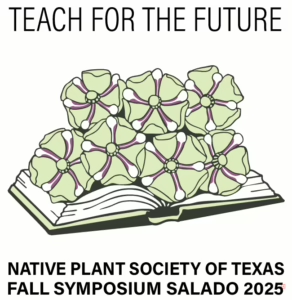Since its inception the Society has held an annual gathering or members’ meeting. In 1991 the Native Plant Society of Texas initiated an educational project designed to explore the ecology of the many vegetation regions of Texas, through a series of symposia undertaken in conjunction with its annual members’ meeting. Every spring and fall the meeting convenes in a different region which will be the focus of that year’s symposium. Field trips, workshops and exhibits complement the presentations. While the symposium may be of special interest to our members, it is open to the public.
The Society also holds a Spring Symposium in conjunction with Lady Bird Johnson Wildflower Center.
In some years the Society has published Symposium Proceedings which collect many of the presentations from the symposium and are linked below.

Mark your calendars: The NPSOT Fall Symposium is coming to Salado, Texas on October 3, 4, and 5th, 2025!
Note that the time-frame has shifted from Thursday-Friday-Saturday to Friday-Saturday-Sunday this year!
Save the dates!
| Year | Theme | Location | Style | Archives | Proceedings |
|---|---|---|---|---|---|
| 2024 | Fall Symposium | New Braunfels | Hybrid | Archives | Proceedings |
| 2024 | Spring Symposium | Austin | Hybrid | Archives | |
| 2023 | Pineywoods | Nacogdoches | Hybrid | Archives | Proceedings |
| 2022 | Trans-Pecos | Alpine | Hybrid | Archives | |
| 2021 | Celebrating Conservation & Community | Virtual | Virtual | Archives | |
| 2020 | Fortieth Anniversary Virtual Celebration | Virtual | Virtual | Archives | |
| 2019 | Conserving Native Plants in the Texas Coastal Prairie | League City | Archives | ||
| 2018 | South Central Texas | San Antonio | Archives | ||
| 2017 | Challenges of the Pineywoods: Fire, Biodiversity and Fragmentation | Huntsville | Archives | ||
| 2016 | Conservation and Climate Change | Glen Rose | Archives | ||
| 2015 | Capit-O-lize on Natives: Contributions, Challenges, Conservation | Austin | Archives | Proceedings | |
| 2014 | Four Corners | Texarkana | Archives | Proceedings | |
| 2013 | South Texas – Beach to Brush Country | Corpus Christi | Archives | Proceedings | |
| 2012 | Texas Hill Country — a Changing Landscape | Kerrville | Archives | Proceedings | |
| 2011 | Coastal Prairies and Marshes | Houston | Archives | Proceedings | |
| 2010 | Thirtieth Anniversary Celebration | Denton | Archives | ||
| 2009 | People, Prairies: Partners | Wichita Falls | Archives | ||
| 2008 | The Big Thicket | Jasper | Archives | ||
| 2007 | Texas Prairies | Georgetown | Archives | Proceedings | |
| 2006 | Convergence and Diversity: Native Plants of South Central Texas | San Antonio | |||
| 2005 | Trans Pecos | Big Bend Area | |||
| 2004 | Piney Woods | Longview | |||
| 2003 | Edwards Plateau | Fredericksburg | |||
| 2002 | Special Habitats | Houston | |||
| 2001 | Dawn of the 21st Century: The Texas Biome and all its Habitats | Austin | |||
| 2000 | Cross Timbers, Grand Prairies and the Red River Area | Denton | |||
| 1999 | The Lower Rio Grande Valley | Harlingen | |||
| 1998 | Llano Estacado and Canyonlands | Amarillo | |||
| 1997 | Rio Grande Plains (Brushland) | Uvalde | |||
| 1996 | Chihuahuan Desert | El Paso | |||
| 1995 | Tallgrass Prairies | Waco | |||
| 1994 | Coastal Wetlands and Estuaries | Corpus Christi | Proceedings | ||
| 1993 | Midgrass-Shortgrass Prairies | San Angelo | |||
| 1992 | East Texas Timberlands | Nacogdoches | |||
| 1991 | Edwards Plateau | Kerrville | Proceedings |


